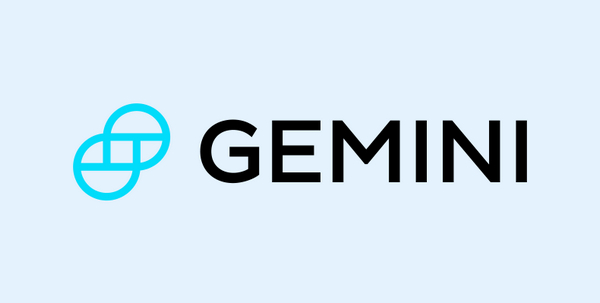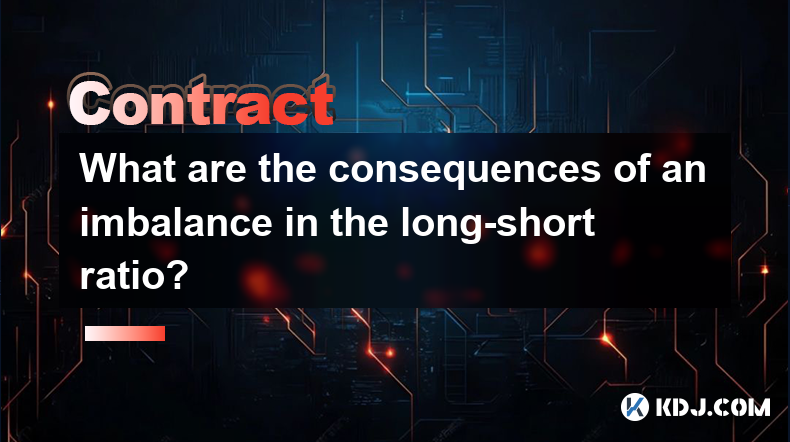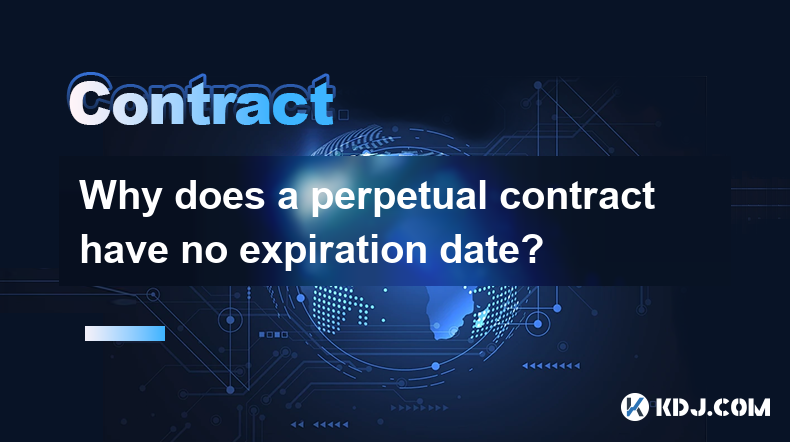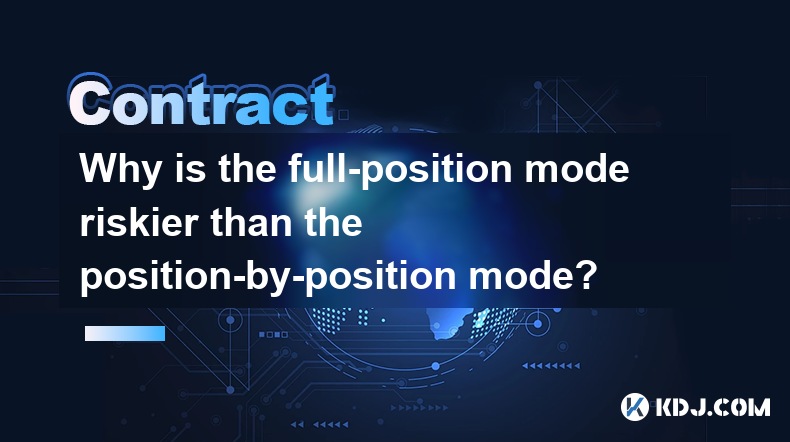-
 Bitcoin
Bitcoin $93,346.8988
0.73% -
 Ethereum
Ethereum $1,766.9820
-0.09% -
 Tether USDt
Tether USDt $1.0004
0.02% -
 XRP
XRP $2.1878
0.05% -
 BNB
BNB $605.1330
0.31% -
 Solana
Solana $151.6870
2.39% -
 USDC
USDC $1.0000
0.01% -
 Dogecoin
Dogecoin $0.1806
3.89% -
 Cardano
Cardano $0.7130
4.22% -
 TRON
TRON $0.2436
0.06% -
 Sui
Sui $3.4185
13.80% -
 Chainlink
Chainlink $15.0016
3.66% -
 Avalanche
Avalanche $22.1741
1.04% -
 Stellar
Stellar $0.2783
5.81% -
 UNUS SED LEO
UNUS SED LEO $9.2576
0.68% -
 Shiba Inu
Shiba Inu $0.0...01395
5.35% -
 Toncoin
Toncoin $3.2125
2.74% -
 Hedera
Hedera $0.1873
4.85% -
 Bitcoin Cash
Bitcoin Cash $359.9227
-1.03% -
 Polkadot
Polkadot $4.2975
7.30% -
 Litecoin
Litecoin $84.1177
1.87% -
 Hyperliquid
Hyperliquid $18.6738
2.90% -
 Dai
Dai $1.0001
0.01% -
 Bitget Token
Bitget Token $4.4420
-1.19% -
 Ethena USDe
Ethena USDe $0.9995
0.01% -
 Pi
Pi $0.6526
0.15% -
 Monero
Monero $227.0993
0.90% -
 Pepe
Pepe $0.0...08716
1.97% -
 Uniswap
Uniswap $5.7833
-0.82% -
 Aptos
Aptos $5.4918
3.22%
How to open Gemini contract trading
Gemini Contract Trading offers a user-friendly platform for experienced traders seeking to leverage opportunities in the cryptocurrency derivatives market.
Nov 17, 2024 at 12:51 pm

How to Open Gemini Contract Trading
Step 1: Create an Account
To begin contract trading on Gemini, you'll need to create an account. Navigate to Gemini's website and click on the "Sign Up" button. Provide your personal information, including your name, email address, and password. You'll also need to verify your email address and phone number.
Once your account is created, you'll need to provide additional information for identity verification. This includes uploading a government-issued ID and proof of residence. Gemini will review your information and approve your account within a few days.
Step 2: Deposit Funds
To fund your Gemini account, you can use a bank transfer, a wire transfer, or a debit/credit card. Bank transfers typically take a few business days to process, while wire transfers and debit/credit card deposits are instant.
Step 3: Activate Your Contract Trading Account
Once you've deposited funds into your Gemini account, you'll need to activate your contract trading account. To do this, navigate to the "Settings" tab and click on the "Contract Trading" section.
Read and agree to the Gemini Contract Trading Agreement and click on the "Activate" button. Gemini will review your application and activate your contract trading account within a few hours.
Step 4: Explore the Contract Trading Platform
Gemini's contract trading platform is designed to be user-friendly and intuitive. The platform is divided into three main sections: the trade panel, the order book, and the chart panel.
The trade panel allows you to place orders, manage your positions, and set your risk parameters. The order book displays the current bid and ask prices for the contract you're trading. The chart panel displays the price chart for the contract, allowing you to analyze historical price data and make informed trading decisions.
Step 5: Place an Order
To place an order, select the contract you want to trade from the drop-down menu in the trade panel. Enter the quantity of the contract you want to buy or sell, and choose the order type (market order, limit order, or stop order).
Review the order details and click on the "Place Order" button. Your order will be submitted to the order book and filled based on the market conditions.
Step 6: Manage Your Positions
Once you've placed an order, you can monitor and manage your positions in the "Positions" tab of the contract trading platform. Here you can view your current open positions, close positions, and set stop-loss and take-profit orders.
Step 7: Withdraw Funds
To withdraw funds from your Gemini contract trading account, navigate to the "Settings" tab and click on the "Withdrawals" section. Select the currency you want to withdraw, enter the withdrawal amount, and provide your withdrawal address.
Review the withdrawal details and click on the "Withdraw" button. Gemini will process your withdrawal request within a few hours.
Additional Resources:
- [Gemini Contract Trading Overview](https://www.gemini.com/cryptopedia/what-is-contract-trading)
- [Gemini Contract Trading Guide](https://help.gemini.com/hc/en-us/articles/6147036341071-Gemini-Contract-Trading)
- [Gemini Contract Trading FAQs](https://help.gemini.com/hc/en-us/articles/6155152411819)
Disclaimer:info@kdj.com
The information provided is not trading advice. kdj.com does not assume any responsibility for any investments made based on the information provided in this article. Cryptocurrencies are highly volatile and it is highly recommended that you invest with caution after thorough research!
If you believe that the content used on this website infringes your copyright, please contact us immediately (info@kdj.com) and we will delete it promptly.
- Balarchrex Demanded an On-Chain Accounting of the Solana Foundation's Holdings
- 2025-04-25 13:50:12
- ARK Invest Raises Its Bitcoin (BTC) Price Target to $2.4 Million by 2030
- 2025-04-25 13:50:12
- Leading cryptocurrencies held steady Thursday as the market warmed up to a Bitcoin re-accumulation trend.
- 2025-04-25 13:45:13
- What if 2025 Becomes the Year You Finally Catch the Right Wave in Crypto?
- 2025-04-25 13:45:13
- Worries Mount in Chonburi as Claw Machines Continue to Mushroom Despite Potential to Groom Children into Gambling Behaviors
- 2025-04-25 13:40:12
- 3 Altcoins to Breakout This Week: Qubetics (TICS), Tron (TRX), Toncoin (TON)
- 2025-04-25 13:40:12
Related knowledge

How does Tail Protection reduce the loss of liquidation?
Apr 11,2025 at 01:50am
Introduction to Tail Protection in CryptocurrencyTail Protection is a mechanism designed to mitigate the risks associated with liquidation in cryptocurrency trading. Liquidation occurs when a trader's position is forcibly closed by the exchange due to insufficient margin to cover potential losses. This often happens in leveraged trading, where traders b...

What are the consequences of an imbalance in the long-short ratio?
Apr 13,2025 at 02:50pm
The long-short ratio is a critical metric in the cryptocurrency trading world, reflecting the balance between bullish and bearish sentiments among traders. An imbalance in this ratio can have significant consequences on the market dynamics, affecting everything from price volatility to trading strategies. Understanding these consequences is essential fo...

How to judge the market trend by the position volume?
Apr 11,2025 at 02:29pm
Understanding how to judge the market trend by position volume is crucial for any cryptocurrency trader. Position volume, which refers to the total number of open positions in a particular cryptocurrency, can provide valuable insights into market sentiment and potential price movements. By analyzing this data, traders can make more informed decisions ab...

Why does a perpetual contract have no expiration date?
Apr 09,2025 at 08:43pm
Perpetual contracts, also known as perpetual futures or perpetual swaps, are a type of derivative product that has gained significant popularity in the cryptocurrency market. Unlike traditional futures contracts, which have a fixed expiration date, perpetual contracts do not expire. This unique feature raises the question: why does a perpetual contract ...

Why is the full-position mode riskier than the position-by-position mode?
Apr 13,2025 at 03:42pm
Why is the Full-Position Mode Riskier Than the Position-by-Position Mode? In the world of cryptocurrency trading, the choice between full-position mode and position-by-position mode can significantly impact the risk profile of a trader's portfolio. Understanding the differences between these two modes is crucial for making informed trading decisions. Th...

How is the liquidation price calculated?
Apr 12,2025 at 01:35am
Introduction to Liquidation PriceLiquidation price is a critical concept in the world of cryptocurrency trading, particularly when dealing with leveraged positions. Understanding how this price is calculated is essential for traders to manage their risk effectively. The liquidation price is the point at which a trader's position is forcibly closed by th...

How does Tail Protection reduce the loss of liquidation?
Apr 11,2025 at 01:50am
Introduction to Tail Protection in CryptocurrencyTail Protection is a mechanism designed to mitigate the risks associated with liquidation in cryptocurrency trading. Liquidation occurs when a trader's position is forcibly closed by the exchange due to insufficient margin to cover potential losses. This often happens in leveraged trading, where traders b...

What are the consequences of an imbalance in the long-short ratio?
Apr 13,2025 at 02:50pm
The long-short ratio is a critical metric in the cryptocurrency trading world, reflecting the balance between bullish and bearish sentiments among traders. An imbalance in this ratio can have significant consequences on the market dynamics, affecting everything from price volatility to trading strategies. Understanding these consequences is essential fo...

How to judge the market trend by the position volume?
Apr 11,2025 at 02:29pm
Understanding how to judge the market trend by position volume is crucial for any cryptocurrency trader. Position volume, which refers to the total number of open positions in a particular cryptocurrency, can provide valuable insights into market sentiment and potential price movements. By analyzing this data, traders can make more informed decisions ab...

Why does a perpetual contract have no expiration date?
Apr 09,2025 at 08:43pm
Perpetual contracts, also known as perpetual futures or perpetual swaps, are a type of derivative product that has gained significant popularity in the cryptocurrency market. Unlike traditional futures contracts, which have a fixed expiration date, perpetual contracts do not expire. This unique feature raises the question: why does a perpetual contract ...

Why is the full-position mode riskier than the position-by-position mode?
Apr 13,2025 at 03:42pm
Why is the Full-Position Mode Riskier Than the Position-by-Position Mode? In the world of cryptocurrency trading, the choice between full-position mode and position-by-position mode can significantly impact the risk profile of a trader's portfolio. Understanding the differences between these two modes is crucial for making informed trading decisions. Th...

How is the liquidation price calculated?
Apr 12,2025 at 01:35am
Introduction to Liquidation PriceLiquidation price is a critical concept in the world of cryptocurrency trading, particularly when dealing with leveraged positions. Understanding how this price is calculated is essential for traders to manage their risk effectively. The liquidation price is the point at which a trader's position is forcibly closed by th...
See all articles
























































































